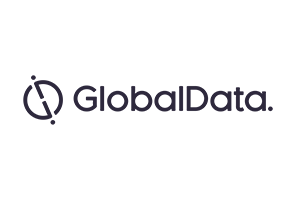At the recent Munich Security Conference, Microsoft founder and ongoing healthcare philanthropist Bill Gates warned that millions might be at risk from bio-terrorism, through the activities of amateur scientists such as biohackers.
Biohacking is an emerging trend of amateur biologists attempting molecular biological experimentation outside of the professional laboratory, for the purposes of discovery, invention, or even simple self-education. While emerging, in many ways, it is also the re-emergence of amateur science, which contributed to many of the great discoveries of the 18th and 19th centuries.
Such warnings about biohacking and unregulated science are not new. A whole field of synthetic virology has emerged, where live or nanofabricated viruses are being developed, for R&D of new cures, vaccines, and therapies. In 2002, a synthetic poliovirus was published, as a result of months of labour. By 2003, de novo synthesis of the poliovirus was reduced to just two weeks, with some observers issuing dire warnings as to the success of the World Health Organization’s polio eradication program as a result.
Use of harmful biological substances as weapons of war or terror has existed for as long as warfare itself. Though there are suggestions that advances in molecular science can introduce ever more terrifying scenarios, in truth, recent evidence suggests that a bioterrorist incident will more likely be based around more prosaic materials.
In the modern era, the first recorded act of criminal bioterrorism in the US was in 1984, when followers of Bhagwan Shree Rajneesh spiked restaurant salad bars using a crude slurry containing the Salmonella bacterium, to induce mass food poisoning during a local election. A few years earlier, Bulgaria was implicated in the London assassination of the dissident journalist, Georgi Markov, using an umbrella designed to puncture skin and deliver small pellets containing the plant toxin, ricin, displaying sophistication worthy of an Ian Fleming novel. More recently, according to the Monterey Institute of International Studies, the Japanese doomsday cult Aum Shinrikyo attempted seven attacks using biological agents between 1990 and 1995, all of which failed. In 2001, the “Amerithrax” attacks, where lyophilized anthrax spores were disseminated through the postal system, affected only a small number of people. Rather than increasing levels of sophistication, bioterrorist attacks remain crude in their execution.
Recent incidents involving the simple dissemination of noxious substances at airports in the US, UK, and most recently, the apparent poisoning of a North Korean at a Malaysian airport by the nerve agent, VX, indicate that even crude, simple schemes can have a terrifying impact on the minds of the public, without resorting to complex plots, which raise the prospect of discovery.

US Tariffs are shifting - will you react or anticipate?
Don’t let policy changes catch you off guard. Stay proactive with real-time data and expert analysis.
By GlobalDataThe threats of biohacking are perceived to be in the area of synthetic biology, where the spectre is of the amateur locked in his shed without a care to his or others’ safety. The reality, though, is about the democratization of bioscience: the development of low-cost and accessible tools that can allow human intellect to be fully available outside the confines of the academic and corporate worlds. Of course standards and regulations need to be developed to catch up with this potential new industrial revolution, but the benefits far outweigh the theoretical threats. After all, Charles Darwin formulated his ideas on evolution while conducting experiments within the confines of his greenhouse; 158 years after the publication of “The Origin of the Species,” we can but hope this is the true blueprint for the future of biohacking.





